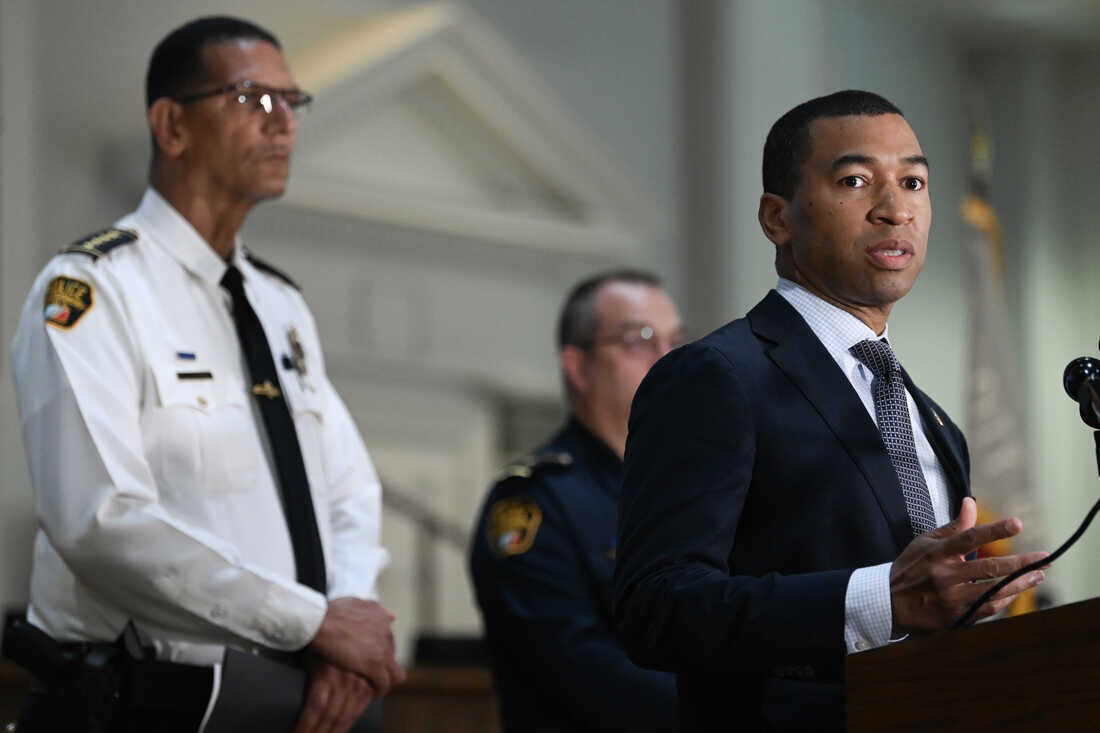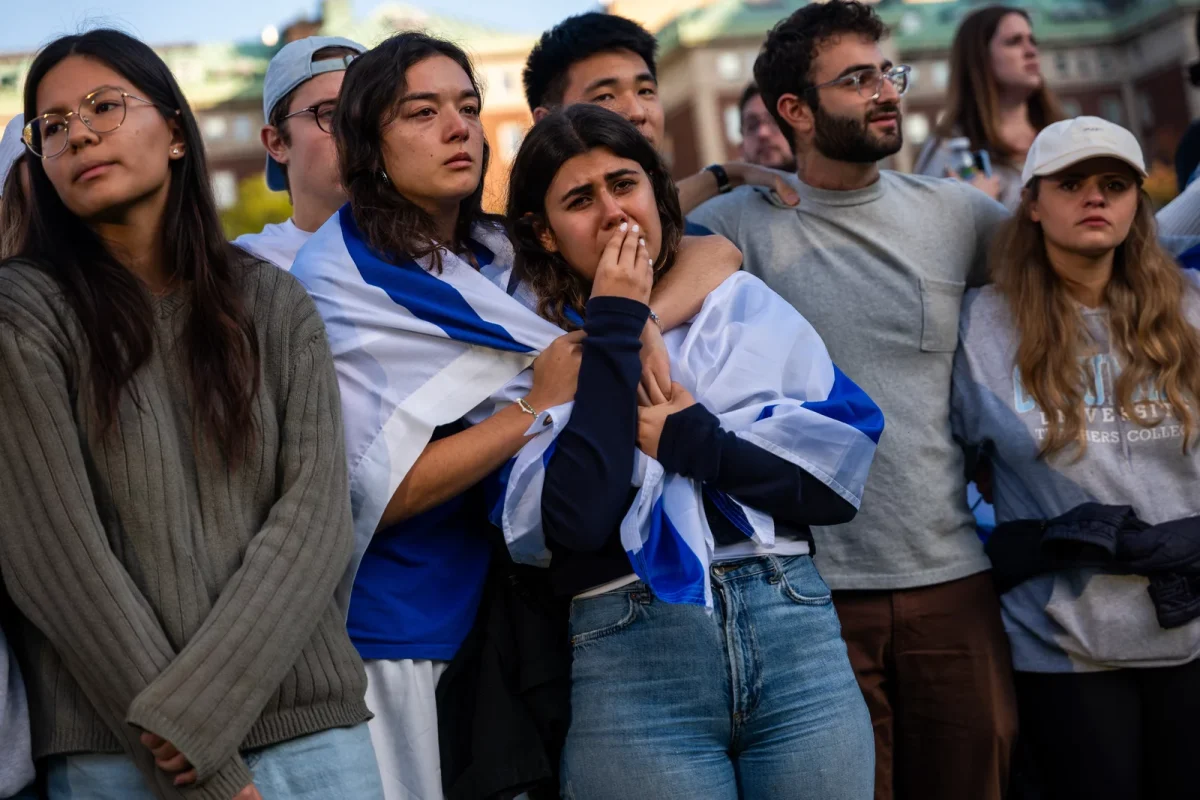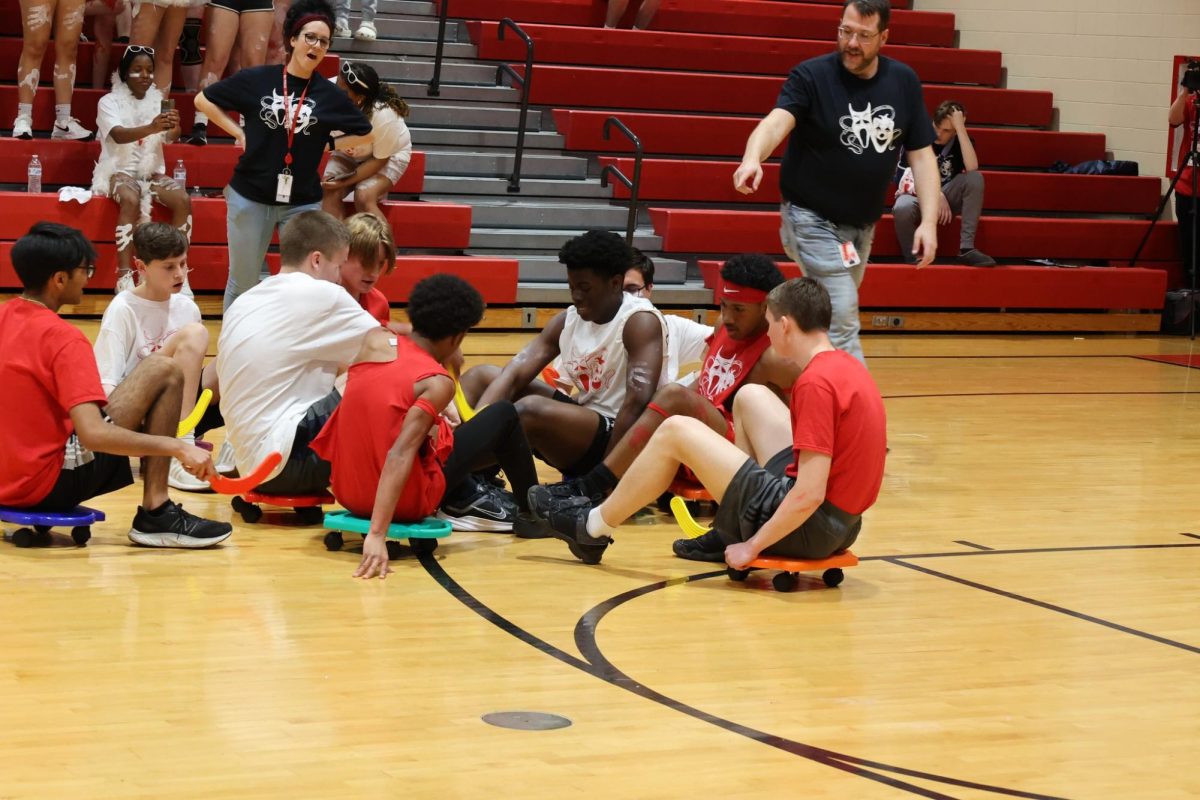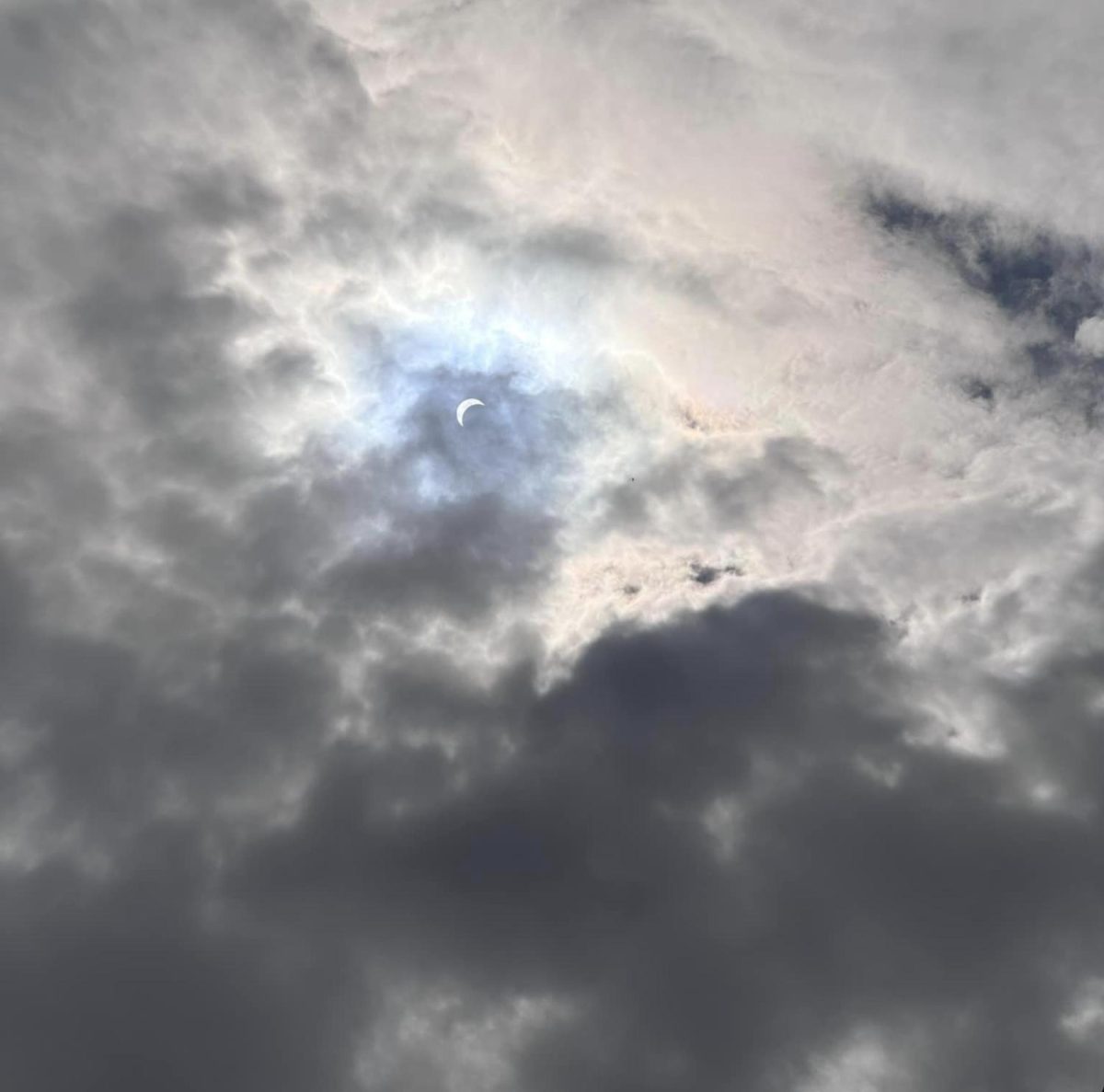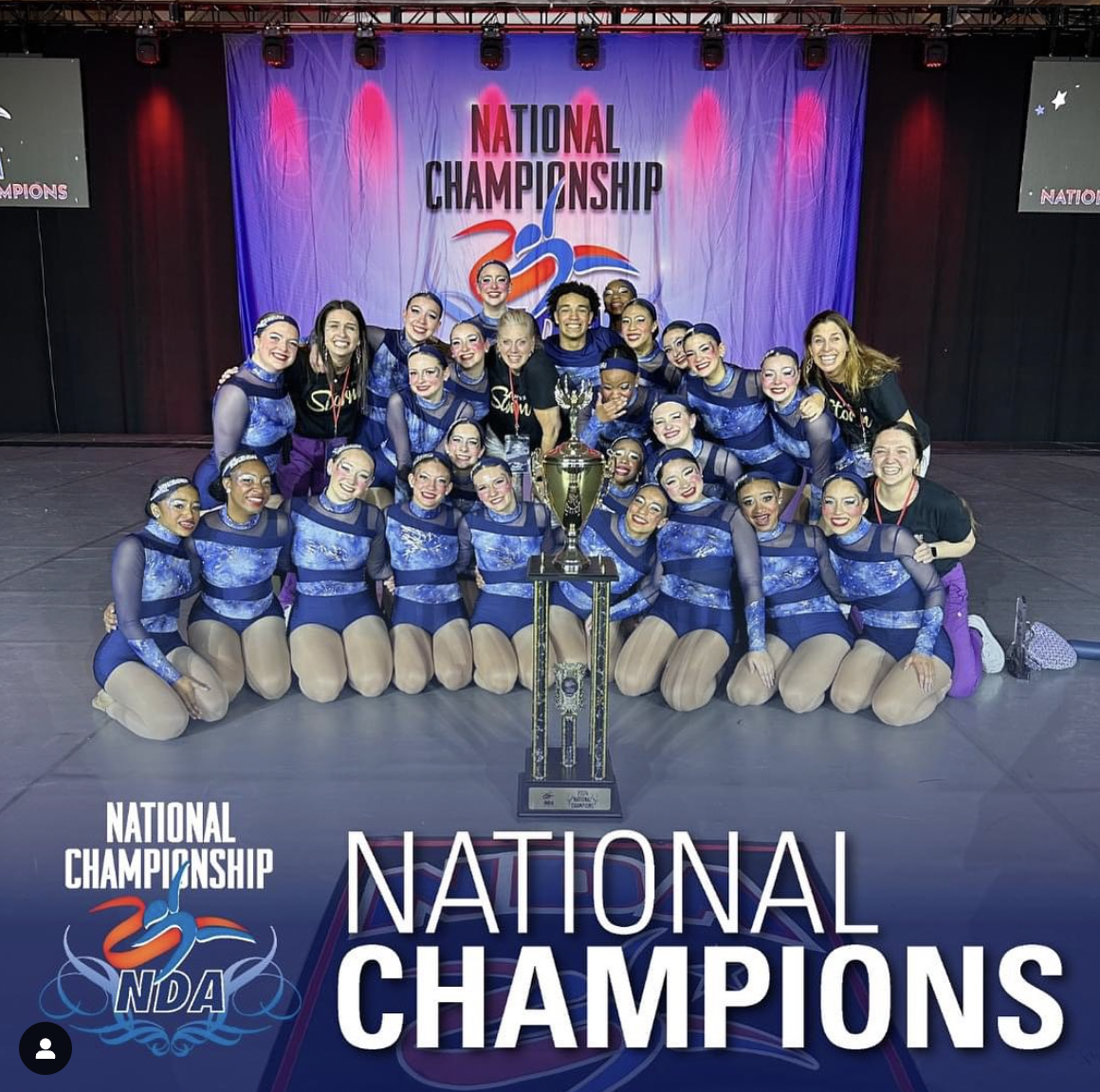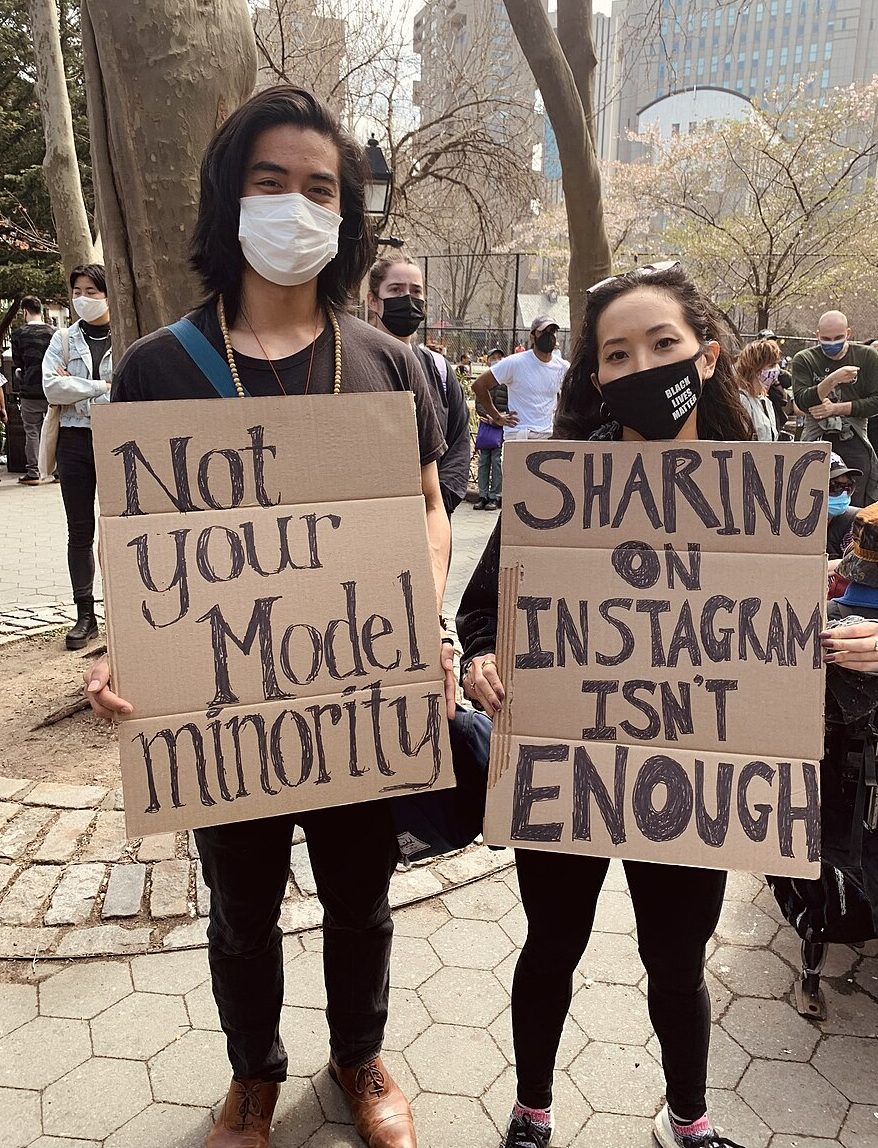The News Desk’s summer breakdown

By Mya Collins, Managing Editor
The Supreme Court of the United States ruled against affirmative action, a practice that considers race in the admissions process on June 29 in cases involving Harvard University and the University of North Carolina (UNC).
In the 6-2 vote in the Harvard case and 6-3 vote in the UNC case, both private and public institutions respectively were determined to have violated the Constitution by considering race as a way to diversify their study body.
“Many universities have for too long…concluded, wrongly, that the touchstone of an individual’s identity is not challenges bested, skills built, or lessons learned but the color of their skin,” Chief Justice John Robert wrote on behalf of the court majority. “Our constitutional history does not tolerate that choice.”
Opposingly, Justice Sonia Sotomayor said, “…the court cements a superficial rule of colorblindness as a constitutional principle in an endemically segregated society where race has always mattered and continues to matter.”
While a majority of the dissent support affirmative action on the basis of helping minorities in the college admissions process, others believe in strict constructionism.
“While I am painfully aware of the social and economic ravages which have befallen my race and all who suffer discrimination, I hold our enduring hope that this country will live up to its principles that…all men are created equal, are equal citizens, and must be treated equally before the law,” Justice Clarence Thomas said.
This controversial ruling reverses a precedent that dates back to 1978 and changes the scene as Fall begins and the college admissions process is underway. According to ABC News, Common Application has already adjusted its platform to allow colleges and universities to hide the race of applicants.
As RV’s seniors gear up to start their admissions process, the Supreme Court’s decision directly affects the next wave of applicants in higher education.
“Everything that gives someone an advantage in the college admission process has a price tag,” senior Keira Sohosky said. “And while that’s not especially tied to race, financial aid is more often granted to BIPOC applicants…acknowledging that this inherent economic disadvantage is a byproduct of systematic racism is what makes affirmative action a good step towards fairness in applications.”
Similarly, “…we have a history of inequality in the education system as well,” senior Varsha Patel said. “Poverty rates are disproportionately higher in minority populations, which means that everyone cannot spend thousands of dollars on a private SAT tutor or program to get a higher score for those Ivy League schools. It’s also not just test scores. The poverty rate in minorities affects housing as well, so when others are able to afford houses in a better school district when the education level is better, that directly affects their prospects in higher education, but affirmative action helped level that playing field.”
With race no longer being considered in the application process, colleges and universities are looking for other practices to diversify their student body moving forward.
By Isaiah Dupree, Editor in Chief
A large-scale fight between a group of boaters and dock workers took place on the Riverfront Park dock, in Montgomery Alabama, resulting in 5 criminal charges on August 5th.
The altercation began after the boat “Harriot II,” with around 200 passengers, attempted to dock itself at the riverfront in the spot that had been reserved for the boat. However, there was a pontoon boat that had been anchored at the dock, preventing the Harriot II from docking there. After about 45 minutes of trying to park around the boat, Dameion Pickett, the co-captain of the Harriot II, left the boat to ask an employee of the dock to remove the pontoon.
According to Montgomery Police Chief Darryl Albert, the crew of the Harriot II had attempted to communicate with the owners of the pontoon boat when they first arrived, but were met with obscenities and vulgarity. The owners of the pontoon boat confronted Pickett when he arrived to remove their boat, and a fight ensued.
“A tall, older white guy came over and hit me in the face,” Pickett said. “I took my hat off and threw it in the air. Somebody hit me from behind. I started choking the older guy in front of me so he couldn’t anymore, pushing him back at the same time. They were both very drunk.”
Eventually, more onlookers got involved in the fight and the fight escalated. Footage of the fight shows a teenager swimming across the river to get to the dock (1:07) before fighting two older men less than 2 minutes later (2:24). The crew members of the Harriot II got involved later on as well. One man was filmed using a folding chair to hit man in the water (0:18), and several people were thrown off the dock and into the nearby river.
“It was really difficult to watch, and, like I said, we felt helpless, because we were forced to be spectators,” Christa Owen, a passenger on the Harriot II, said. As the boat was not docked, none of the passengers were able to get off of the boat and onto the dock.
The police were called at 7:00 pm, and arrived at the scene 18 minutes later. 13 people were detained, but later released. Five arrest warrants were issued on charges of misdemeanor third-degree assault and disorderly conduct, and all five suspects turned themselves in.
“We have hundreds of videos and witness statements at this time, and I would say at this point it is highly likely that more arrests and more individuals will face charges,” Albert said shortly after the fourth arrest.
Footage of the fight went viral on social media, with this YouTube short posted by CNN having over 3.5 million views as of September 1. The event became a social media phenomenon, and was dubbed the “Montgomery Brawl” by social media users, with the term “Montgomery Brawl” on the trending page of X (formerly known as Twitter) for several days following the incident.
The New York Post dubbed the teen seen swimming across the river as “Black Aquaman”, although he has since been identified as Aaren (his last name remains unknown). The #montgomerybrawl hashtag on Tiktok has over 100 million views and some tiktokers have said that stores in the Montgomery area are running out of folding chairs due to the virality of the fight.
Many social media users noted the racial divides present during the fight; the co-captain of the Harriot II was black, whereas the owners of the pontoon boat were white. Many of the black onlookers that joined the fight, such as the man who used the folding chair and the man who swam across the river, fought on behalf of the co-captain as well. According to CNN, a witness claimed in a statement to the police that the white pontoon boat owners shouted racial slurs at Pickett. Despite this, Pickett and investigators do not believe that the incident was racially motivated.
“We believe what [Pickett] is saying, and what he is saying is that he does not believe it was racially motivated whatsoever,” Albert said. Montgomery Mayor Steven Reed said that the incident meets the “moral definition” of a hate crime, but not the “legal definition”.
Luckily, there were no major injuries reported following the brawl, and many that saw the brawl after it had occurred were able to laugh about it.
“Definitely one of the highlights of the summer for me. It was hilarious, and definitely a moment of unity,” said RV Senior Antoine Brown. He then advocated for Reggie Ray, the man filmed using a chair during the brawl, for president. “#Chairforpresident2024.”
By Jacob Berr, Staff Writer
The 2024 Presidential election is heating up after the G.O.P presidential debate on August 23.
Former South Carolina Governor Nikki Haley and Florida Governor Ron DeSantis emerged from the debate with the biggest polling bump. Haley especially benefited from the debate. She went from 5% in poll by Insider Advantage before the debate to 11% after the debate.
Many critics say that Haley held her own and made her pitch as pro-Trump moderate who can defeat Biden. She stood out because of her moderate view on abortion compared to her male peers.
“We need to stop demonizing this issue,” Haley said. “We aren’t going to put a woman in jail…if she has an abortion.”
Haley criticized businessman Vivek Ramaswammy on foreign policy, especially his views on Ukraine and Israel.
“Under your watch, you would make America less safe,” Haley said to Ramaswammy. “You have no foreign policy experience and it shows”
Many news outlets claim that Ramaswammy was the “Trump” in a debate which did not include former president Donald Trump. Ramaswamy stood out among the other candidates through his age and energy.
He made many controversial statements such as calling climate change a hoax, pledging to pardon Trump and calling on other candidates to do the same. Many news outlets claim that Ramaswamy was attacked by many other candidates including Former Vice President Mike Pence.
“Now is not the time for on-the-job training,” Pence said. “We don’t need to bring in a rookie.”
Former President Trump, who continues to be the frontrunner for the Republican ticket, was noticeably absent from the debate. Rather than joining the debate stage, Trump opted to do an interview with former Fox News host Tucker Carlson on X, the site formerly known as Twitter.
“Do I sit there for an hour or two hours, whatever it’s going to be, and get harassed by people that shouldn’t even be running for president?” Trump said during the interview. “Should I be doing that at a network that isn’t particularly friendly to me?”
Trump may not need to debate since he is most likely to win the nomination. According to the FiveThirtyEight polling average, he is 35 points ahead of the second place candidate, Ron Desantis.
Several RV students watched the debate over the summer, and despite Trump’s absence, many students agree that he will be the frontrunner.
“[Other candidates] can’t win,” junior Joanna Adegoke said. “A lot of people in the south like Trump.”
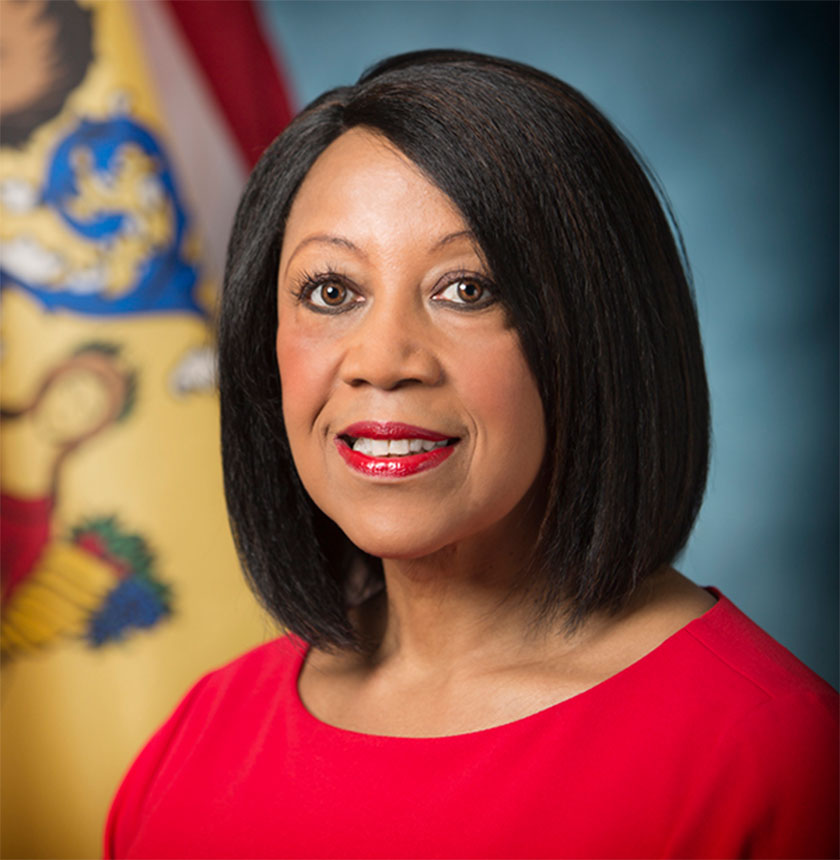
By August Hobbs, News Editor
Lieutenant Governor of New Jersey, Sheila Oliver, passed away on August 1 at the age of 71 after being hospitalized the day before for an unknown illness.
According to the New York Times, Oliver had been serving as acting governor while Gov. Phil Murphy and his family were on vacation in Italy. After Lt. Gov Oliver was admitted to the hospital on July 31, the role of governor shifted to Senate president Nick Scutari. After the news of hospitalization was announced Governor Murphy was set to cut his vacation short in order to return to the U.S. and return a few days later.
“Sheila Y. Oliver leaves behind a legacy of dedication, service, and inspiration.’’ Oliver’s family said in a statement about her death. “We will remember her commitment to the people of New Jersey and her tireless efforts to uplift the community.’’
According to NJ.com, Oliver was born in Newark but resided in East Orange for most of her life, After working in the New Jersey state assembly, Oliver served as the Speaker of the Assembly, the first African American woman to do so. She was then selected by Phil Murphy to be his running mate in the 2017 campaign for governor. She was sworn in as the second ever lieutenant governor for the state of New Jersey in 2017 and was reelected in 2021.
“When I selected her to be my running mate in 2017, Lieutenant Governor Oliver was already a trailblazer in every sense of the word,’’ Gov. Murphy said in a statement, “…I knew then that her decades of public service made her the ideal partner for me to lead the State of New Jersey. It was the best decision I ever made.’’
A funeral service was held for Lt. Gov. Oliver on August 12 at the rotunda in the New Jersey state capital. Many people were in attendance including Rev. Al Sharpton, Dionne Warwick, Gov. Murphy and Oliver’s 95-year-old mother Jennie Oliver.
“She never backed down, she never sold out, she never turned her back on the people that made her. She was and is ours and always will be,” Rev. Sharpton said at the funeral service.
On September 8, Murphy announced that NJ Secretary of State Tahesha Way would be appointed as the new Lieutenant Governor, after NJ Senate President Scutari served temporarily.
Way has over two decades of experience in public service and has been with the Murphy administration for the last five years.
By Jessica Ochiora, Staff Writer
A series of wildfires, driven by wind and causing widespread damage, spread throughout the Hawaiian island of Maui in early August, displacing thousands near the town of Lahaina.
As of September 9, the death toll has climbed to 115, with 66 individuals still missing, according to the New York Times.
The first spark was lit at midnight in the quiet of Maui’s upcountry. The fire was a result of dry conditions–common during the dry season.
Before the catastrophe, the Hawaiian islands were experiencing severe droughts. Although droughts are common during the season, the intensity of the drought in Maui was recorded as D2, meaning a severe drought was consuming most of the island. These conditions created a perfect environment for a wildfire to occur.
On August 8, 6:30 A.M., the small fire in the upcountry had occupied approximately three acres of land. The population of the town of Kula were told to swiftly evacuate and school was canceled for the day. Residents were advised to evacuate in the community centers and ranches.
Simultaneously, a category 4 hurricane was making its path just 500 miles below the Hawaiian islands. Hurricane Dora’s high wind speeds would drastically affect the amount of destruction the wildfires would cause. The combination of wind and dry vegetation made the wildfire significantly stronger. Wind speeds were recorded to be as high as 86 mph in western Maui.
By 3:00 P.M., the fire in the upcountry had burnt over 1,000 acres of land. By now, firefighters were racing against time to quench the fires to their best abilities. Helicopters struggled with transporting water to major areas as the wind worsened their aim. Not to mention, government officials were withholding water due to the island’s conflict over water. Power outages also bruised the response time of first responders.
A little more than 20 miles away from the fire burning in Kula, another fire would start in the historical town of Lahaina at 3:30 PM. Residents in Lahaina were oblivious to the fire burning in their backyards as the island’s emergency system was not yet activated. It wasn’t until evacuations were prompted and the main highway was closed off to the public that people were notified. Lahaina residents were horrified at what they were met with outside. “It was like a flamethrower on the town.” said Mrs. Denton Fuqua, a resident of Lahaina, “ It was as if some person or mythical thing had a blowtorch and was just taking it to our whole entire town.”
Evacuating residents were left scared and confused as the Lahaina Bypass was closed off. Downed power lines and debris made the journey to safety even harder. According to Fire Chief Assistant Jeff Gisea, evacuating was necessary. “The fire can be a mile or more from your house, but in a minute or two, it can be at your house,” said the firefighter, “Burning airborne materials can light fires a great distance away from the main body of fire.” And evacuate was what most Lahaina residents did, yet they found themselves stuck on the island, nowhere to go.
Some Lahaina residents got to high ground and watched the fire ravage their home from above. Others found themselves trapped on the island’s main street and resorted to hopping into the ocean to avoid the flames. “It looked like doomsday Armageddon,” Aguiran recalled. “It looked like ‘The Simpsons’ episode when the dragons flew over the houses and blew fire.” The emergency sirens were never alarmed. The Coast Guard deployed at 9:45 PM and began rescuing people who had jumped into the ocean.
Experts determined the cause of the wildfire to be an active power line downed by the violent wind gusts. High winds allowed embers to travel and spread the fire. In a new lawsuit, Hawaiian Electric is being sued by Maui county for negligently failing to shut off the power lines. “Nobody likes to turn the power off — it’s inconvenient — but any utility that has significant wildfire risk, especially wind-driven wildfire risk, needs to do it and needs to have a plan in place,” said Michael Wara, Director of the Climate and Energy program at Stanford. The lawsuit also states that power lines were found to be uninsulated and dated.
A number of local groups and nonprofit organizations have rallied to support residents of Lahaina.
Your donation will support the student journalists of Rancocas Valley Regional High School. Your contribution will allow us to enter into regional and national competitions, and will help fund trips to journalism conferences to continue to improve our writing and work!

